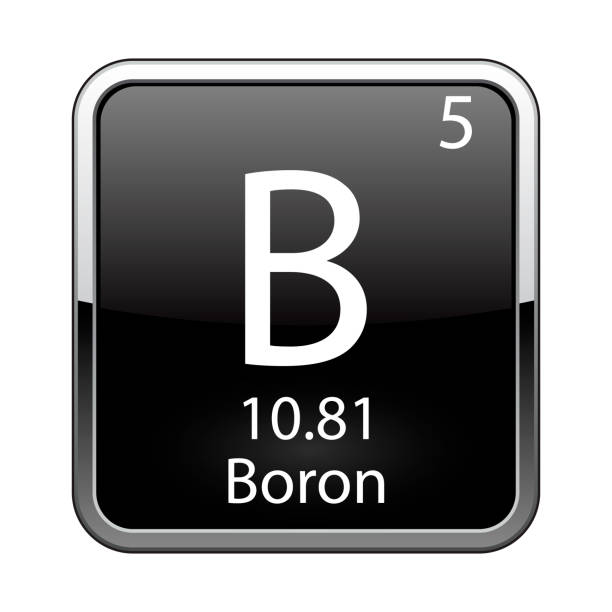Boron, a chemical element with the symbol B and atomic number 5, is a
fascinating metalloid. It is a crucial component of borosilicate
glass, which is widely used in laboratory glassware, cookware, and
even high-end kitchenware. This glass is known for its exceptional
resistance to thermal shock, making it suitable for applications where
sudden temperature changes are expected. Boron also plays a vital role
in the production of fiberglass, a material renowned for its strength
and flexibility. Fiberglass is extensively employed in various
industries, including construction, automotive, and aerospace, due to
its lightweight and durable nature.
Furthermore, boron is an essential micronutrient for plants. It aids
in the transportation of sugars and other vital nutrients within the
plant, contributing to its overall growth and development. Boron
deficiency can lead to stunted growth and reduced crop yields. In the
field of semiconductors, boron serves as a dopant material. By
introducing boron atoms into silicon, the electrical conductivity of
the semiconductor can be precisely controlled, making it suitable for
use in electronic devices such as transistors and integrated circuits.
Boron also finds applications in the production of high-energy fuels,
such as those used in rocket propellants. Its high energy density
makes it a valuable component in these specialized fuels. While boron
is relatively abundant in the Earth's crust, its elemental form is
rare. It is primarily obtained through the refining of
boron-containing minerals such as borax and kernite.
In summary, boron is a versatile element with diverse properties and
applications. From its role in borosilicate glass and fiberglass to
its significance in plant nutrition and semiconductor technology,
boron plays a crucial role in various industries and scientific
fields.

